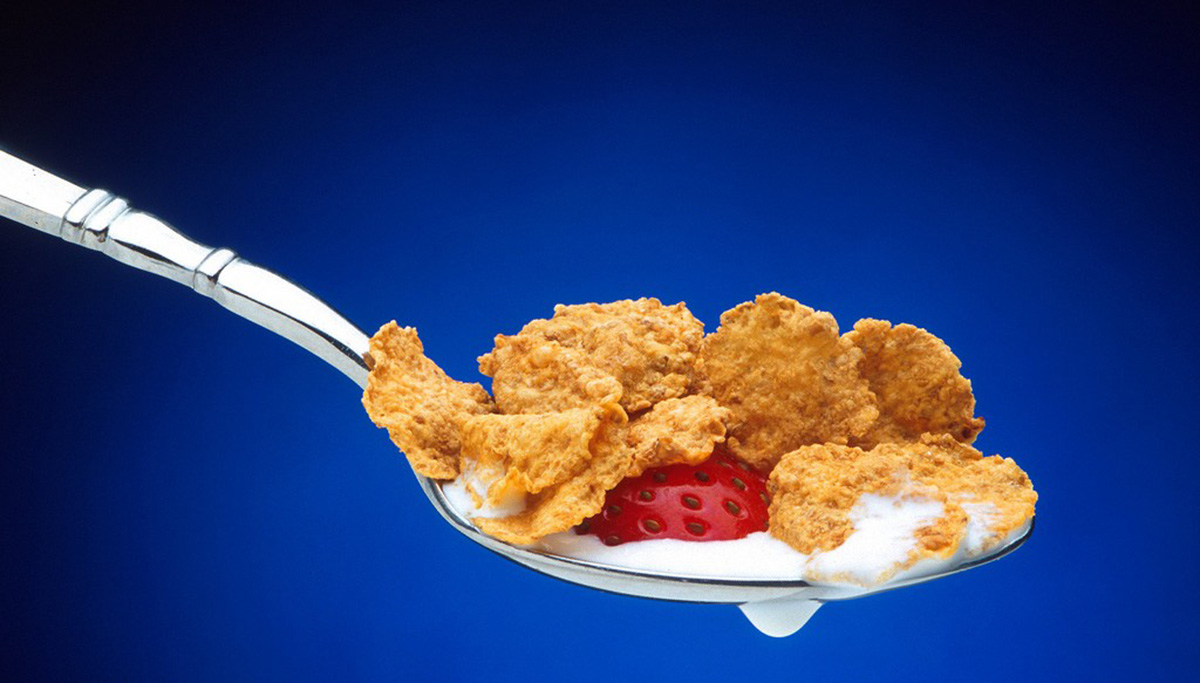Table of Contents
Iron men and iron women
Iron is a chemical element that is widely distributed on earth. It is also very important for the survival of all living organisms, from bacteria to the human being. However, even when iron is in very high quantities in the environment, living organisms can only process it when it is soluble. Most of the iron that is in the environment is in insoluble forms, which don’t make it suitable for intake. Because nature is so wise, living organisms, including humans, have developed mechanisms of iron absorption from food, in order to satisfy the needs of this important element.

Iron is mainly used in the synthesis of proteins that transport oxygen to all our organs.
Without iron, neither haemoglobin nor myoglobin can bound oxygen, leading to a lack of this vital gas in our body and organ failure due to hypoxia.
Catching iron from the environment
How does our body get the iron it needs? There is a very good mechanism of iron absorption in our gastric tract; nevertheless, from all the iron that we ingest, only 5 to 35% is absorbed usually, which is enough to fulfill our iron requirements.
Enterocytes are the cells that have the proper tools to capture iron.
Here, iron is caught by a transporter protein, known as transferrin, which transports iron to the bone marrow, the tissue where red blood cells are produced.
There is another mechanism that also transports iron from the intestine into the bloodstream. This mechanism is still unknown though, but it does not depend on the modification of iron by gastric acids.
Control of iron levels
The amount of iron present in our body is very well regulated at the level of its absorption. Hepcidin, a hormone produced by the liver, is the one in charge of sensing when iron levels are low or high.
The role of hepcidin is very important and it can be affected in several diseases, including anemia and hemochromatosis.
See Also: Study: Iron Deficiency Anemia Increases The Risk Of Stroke
Finally, contrary to other minerals, iron is not excreted by our body. We can certainly loose iron through bleeding, but most of the iron that we ingest is stored in the organs already mentioned.
- ABBASPOUR, N., HURRELL, R. & KELISHADI, R. 2014. Review on iron and its importance for human health. J Res Med Sci, 19, 164-74
- LIEU, P. T., HEISKALA, M., PETERSON, P. A. & YANG, Y. 2001. The roles of iron in health and disease. Mol Aspects Med, 22, 1-87.
- Photo courtesy of U.S. Department of Agriculture by Flickr : www.flickr.com/photos/usdagov/8454756165
- Photo courtesy of Tim Sackton by Flickr : www.flickr.com/photos/sackton/6621113051


Your thoughts on this